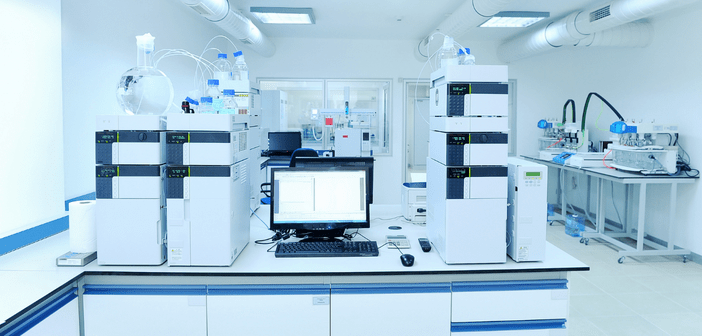An insight into the presence of impurities in reference standards and their impact on mass spectrometry-based bioanalysis

Ghoghari A , Patel H & Jain M | Bioanalysis, 14(18), 1191-1195, (2022)
Keywords: • impurity • metabolite • reference standard
Quantitative bioanalysis plays a crucial role in various stages of the drug discovery and development process. The efficacy and safety of a test drug or new chemical entity and its related metabolites can be gauged based on availability in the systemic circulation. Knowing levels of the drug or test compound or its metabolites in the blood circulation or targeted tissues is a key tool for optimizing biological activity, quantitative structure–activity relationships and biopharmaceutical properties. To meet these objectives, various analytical tools are being deployed for the accurate measurement of drugs and their metabolites in biological matrices (blood, plasma, serum and urine). The recent guidance on metabolites in safety testing from the US FDA has emphasized detailed characterization and quantitative estimation of metabolites in preclinical as well as clinical studies. This guideline encompasses the elucidation of pharmacokinetic and toxicokinetic profiles for any metabolite that is being formed at a concentration greater than 10% of total drug-related exposure [1].






